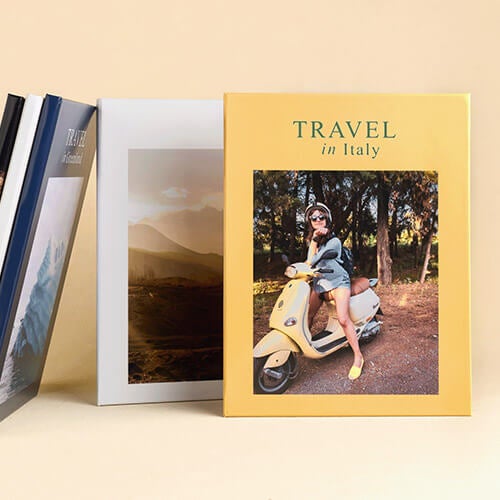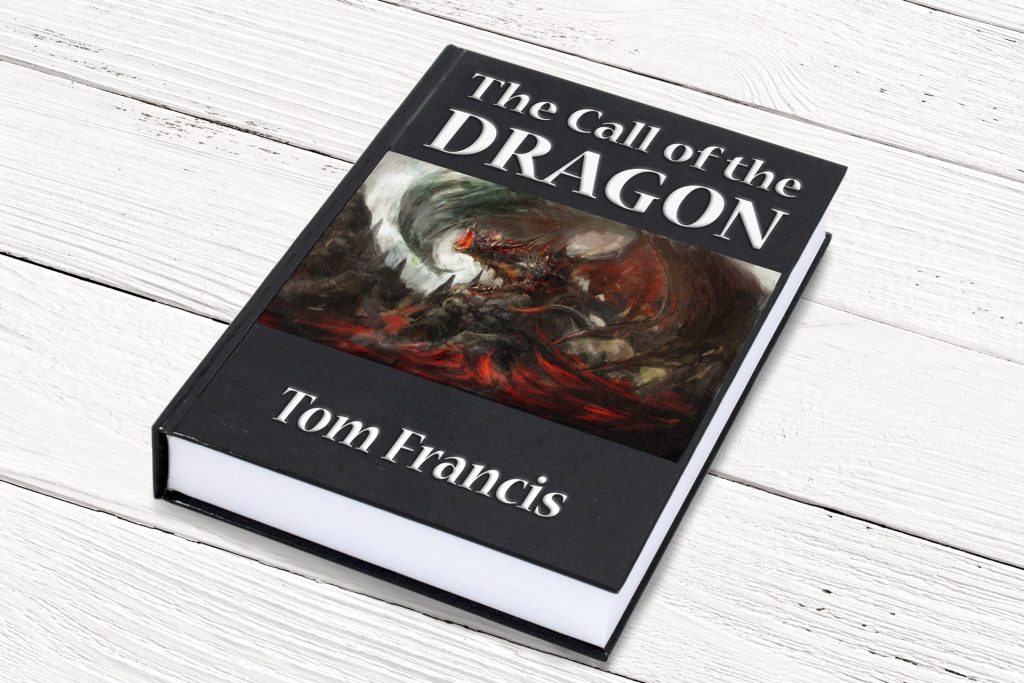Hardcover Books That Make Great Gifts for Book Lovers
Hardcover Books That Make Great Gifts for Book Lovers
Blog Article
A Comprehensive Guide to the Refine of Hardbound Books Printing
When you start the trip of hardcover book printing, recognizing the whole process is necessary. From preparing your manuscript to choosing the right products, each action plays an essential function in the final item. You'll need to consider layout aspects and printing strategies that suit your vision. As you browse through binding and quality control, you'll discover that every decision affects guide's total allure. So, what follows in this elaborate procedure?
Recognizing the Hardbound Publication Structure
When you explore the globe of hardbound publications, you'll quickly discover that their framework is intentional and distinct. The outer casing, usually made from sturdy cardboard, gives longevity and security. You'll find a fabric or leather treatment, which not only boosts aesthetic appeals however also adds to guide's durability. Inside, the endpapers link the cover to the message block, guaranteeing a smooth interchange.
The text block itself contains several trademarks, or folded up sheets, sewn with each other for strength. You'll see that the back is reinforced, enabling a smooth lay-flat analysis experience - hardcover books. Additionally, guide's weight typically conveys a sense of high quality and permanence
Hardcover books generally include a dirt jacket, which works as an advertising and marketing device while protecting the cover. Comprehending these components assists you value the craftsmanship behind hardcover publications and their one-of-a-kind appeal in the literary world.
Manuscript Preparation and Editing
Getting your manuscript all set for printing is essential, and it begins with proper formatting guidelines. You'll need to recognize the modifying process to fine-tune your work and guarantee it reverberates with visitors. Plus, mastering proofreading strategies can help you capture those pesky errors before your publication goes to publish.
Manuscript Formatting Guidelines
Appropriate manuscript formatting is essential for developing a professional-looking hardbound publication. Start by choosing a common typeface like Times New Roman or Arial in 12-point size. Use double-spacing throughout the paper to improve readability. Set your margins to 1 inch on all sides, giving your text area to take a breath. Number your pages in the leading right corner, and include your phase titles at the start of each brand-new section. Usage clear headings to show areas, and stay clear of extreme format like strong or italics unless required. Ensure to proofread your manuscript for uniformity stylishly, making sure that whatever from punctuation to spacing sticks to your chosen guidelines. Adhering to these steps will certainly set a solid foundation for your publication.
Editing Process Fundamentals
Editing your manuscript is an important step that can transform it from a harsh draft right into a polished last item. Bear in mind, editing isn't just concerning fixing mistakes; it's about improving your voice and ensuring your message reverberates with viewers. Accept the process, and you'll see your manuscript sparkle.
Checking Strategies Introduction
Once you have actually polished your manuscript with modifying, the following step is to guarantee it's free of mistakes that can sidetrack readers. Begin by pausing after editing and enhancing; fresh eyes catch errors better. Review your manuscript aloud-- this assists you listen to unpleasant wording and area typos. Usage electronic tools like spell checkers for initial scans, but don't rely entirely on them. Take into consideration printing your manuscript; analysis on paper can reveal errors that displays miss. Concentrate on one type of error each time, whether it's punctuation or grammar, to avoid sensation overwhelmed. Enlist a trusted friend or specialist proofreader to provide a fresh perspective. Their comments can highlight issues you could ignore.
Designing the Book Cover and Inside
When you're developing your publication cover and interior, you'll wish to concentrate on essential design aspects that capture your target market's attention. Choosing the best typography styles and meticulously choosing colors and imagery can make all the difference in conveying your publication's style. Let's explore just how these choices can boost your work and draw in readers.
Important Design Elements
Producing an appealing book cover and a properly designed interior is necessary for bring in readers and enhancing their experience. Begin with the cover; it's your impression. Pick shades and pictures that mirror your publication's motif and mood. Ensure your title sticks out and is legible, also in thumbnail dimension.
For the inside, concentrate on design and white space. A tidy, organized style aids viewers navigate easily. Consider utilizing chapter headings and subheadings to lead them via the material. Visual aspects, like graphics or images, can additionally enhance interaction but should match the message, not overwhelm it. Bear in mind, a cohesive style throughout your publication cultivates an expert appearance that can considerably influence a viewers's decision to choose it up.
Picking Typography Styles
Typography plays an important duty in both the book cover and interior design, shaping just how viewers regard your content. When selecting typography designs, consider your publication's style and target audience. Think concerning power structure-- utilize different designs for headings and body message to lead readers easily via your work.
Shade and Imagery Choice
Selecting the appropriate shades and imagery is necessary for catching visitors' focus and conveying your publication's themes. Beginning by considering your genre; vivid shades might benefit a youngsters's book, while soft tones fit a secret book. hardcover books. Use imagery that reverberates with your web content-- pictures, illustrations, or abstract styles can enhance your message
Think regarding the emotions you want to evoke. Cozy colors can create exhilaration, while amazing shades frequently communicate peace. When developing the cover, make certain the images doesn't overwhelm the title and author's name; clearness is key. Inside, use regular color design that match your typography. This natural technique not just elevates your publication's visual however additionally enriches the visitor's experience, making it extra remarkable.
Selecting the Right Paper and Products
When choosing paper and products for your hardcover book, it's important to ponder just how they'll influence the try this website total look and feel of your project. Beginning by selecting the best paper weight; much heavier stock commonly communicates quality and longevity, while lighter paper can produce a much more delicate touch. Take into consideration the finish as well; shiny paper improves photos and shades, while matte can provide an advanced, underrated look.
Cloth, natural leather, or printed paper can establish the tone for your publication. In addition, think regarding the binding materials; making use of top quality glue assurances your publication lasts.
Ultimately, the options you make here show your vision, so put in the time to sample different products (hardcover books). Your choices will certainly aid produce a book that's not just visually appealing but also long lasting and functional
The Printing Process: Strategies and Technologies
A selection of printing methods and modern technologies can bring your hardbound publication to life, each offering one-of-a-kind advantages. Digital printing is a popular option for brief runs, permitting fast turnaround and economical remedies. When you require to publish smaller sized amounts without giving up high quality, it's excellent. On the other hand, offset printing master producing large quantities, providing top notch and consistent results. This method is optimal for comprehensive magazines where shade precision and fine details matter.
For unique impacts, you may take into consideration strategies like aluminum foil stamping or embossing, which can add a luxurious touch to your cover. In addition, you can decide for various inks, including environment-friendly alternatives that cater to environmentally aware readers. Understanding these strategies aids you make informed choices, ensuring your hardbound book not just looks fantastic but likewise satisfies your production needs efficiently. Choose the best technique to elevate your book's charm and effect.
Binding Techniques for Hardcover Books
Several binding approaches can transform your hardcover book into a sturdy and attractive item. An additional technique is the excellent binding, which makes use of glue to hold the web pages together, enabling for a streamlined spine however much less resilience contrasted to instance binding.
You might also think about spiral binding, which allows your book to lay level, making it suitable for workbooks or guidebooks. It doesn't supply the exact same safety cover as situation binding. Lastly, there's the my link saddle stitch technique, suitable for smaller sized books, where sheets are folded up and stapled together. Each binding approach has its benefits and fits different needs, so think of your book's objective and audience when choosing the very best option for your project.
Quality Control and Final Touches
After selecting the right binding method for your hardcover publication, quality control becomes important to confirm your end product fulfills your assumptions. Start by examining the printed web pages for any type of errors or incongruities in color and format. You don't want to miss any type of typos or misprints that could affect your readers' experience.
Following, inspect the binding stability. Confirm the web pages are safely attached and that the back is strong. A well-bound publication not just looks professional but also really feels sturdy in your hands.
Additionally, take notice of the cover. Search for any scuff marks or misalignments in the artwork. Make certain they're used regularly across all duplicates. if you've chosen for special coatings like embossing or aluminum foil marking.
Ultimately, perform a complete evaluation of the whole batch before transferring to circulation. This means, you can confirm that every publication reflects your high requirements.
Regularly Asked Concerns
For how long Does the Hardcover Publication Printing Process Typically Take?

What Is the Minimum Order Amount for Hardbound Books?
The minimum order quantity for hardcover publications normally starts around 100 copies, however it can vary based on the printer. You should check with your picked printing service for their details demands and pricing.

Can I Publish Hardcover Books in Customized Sizes?
Yes, you can print hardbound books in custom dimensions. Lots of printing services provide adaptability with dimensions, enabling you to pick a layout that suits your project. Just verify the specs prior to placing your order.
Exist Eco-Friendly Options for Hardbound Publication Printing?
Yes, you can locate green options for hardbound book printing. Several firms make use of recycled products and sustainable inks. Just ask your printer regarding their green practices to guarantee your project straightens with your ecological values.
What Are the Expenses Connected With Hardbound Publication Printing?
When thinking about hardcover book printing expenses, you'll need to consider products, design, and printing methods. Added costs like shipping and binding can likewise affect your total spending plan, so plan accordingly for your task.
When you begin the trip of hardbound publication printing, understanding the whole visite site procedure is important.A selection of printing strategies and modern technologies can bring your hardbound book to life, each offering one-of-a-kind advantages. Exactly how Long Does the Hardcover Publication Printing Refine Typically Take?
The hardbound publication printing procedure generally takes around 2 to 6 weeks.Yes, you can discover environmentally friendly choices for hardcover book printing.
Report this page